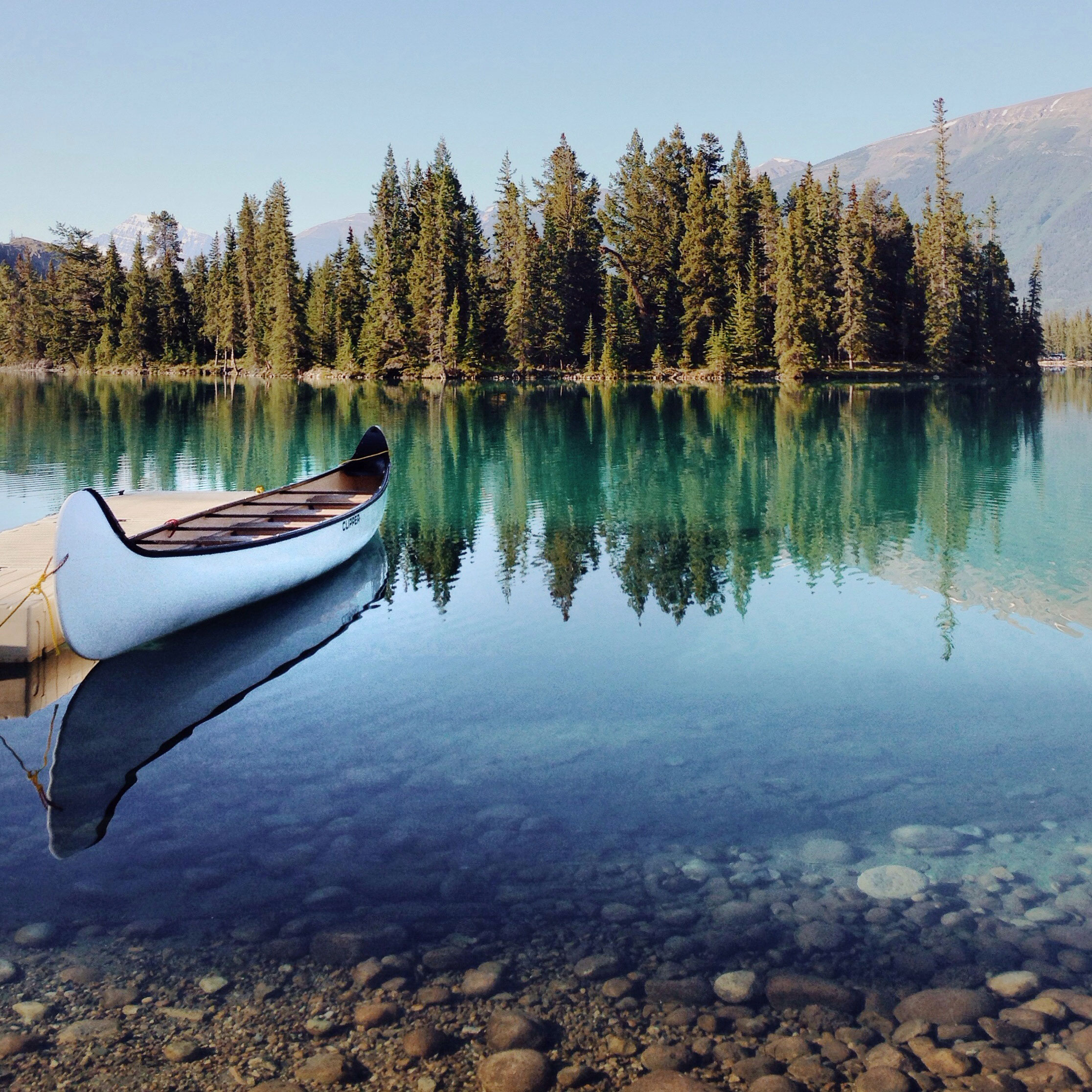
AU: You seem to make art of all things. Has it always been this way for you?
LP: I've known that I wanted to be an artist for as long as I can remember. Growing up as an only child with two hardworking parents, I learned to entertain myself with drawing. I spent many hours imagining new worlds for myself in the woods and in "secret" hideouts along the river by our rural log-cabin home. I didn't have a range of opportunities to study art formally near my town so I primarily taught myself to paint – pouring over a dusty book from my grandmother that was filled with paintings by the old masters.
I was first introduced to photography by my Dad when I was 12. He gave me a Nikon FM10 – I shot nearly every square inch of the property we lived on. I quickly learned to be watchful for nature’s subtle changes and light as each season came and went.



AU: We can only imagine what it would be like to step into your studio space. Can you paint a picture of it? (pun intended)
LP: Most of the time, I have one painting on my easel and four or five panels awaiting paint that hang on the wall – each at different stages of completion. I'm always rotating my focus between these unfinished panels to keep a fresh perspective. There’s paint spattered on that wall and on the floor below it (and, well, usually on my forehead), but aside from that I usually keep a clean and fairly minimal workspace. I don't keep much more around me than my brushes, paint, and my camera (which I always keep nearby in case I happen to see interesting light or a bird outside my window that I want to run to photograph.) But right now, my studio is probably the shortest it's ever been on breathing room. Half of it is occupied by the growing frame of a cedar strip canoe.

AU: A cedar strip canoe? Do tell!
LP: Every year, I stretch myself to step completely outside of my comfort zone by learning a different medium or tackling a new project – this year it’s building a boat. I dedicate an hour before sunrise to working on the canoe before I dive into painting. The process helps jolt my brain into unfamiliar creative territory for the rest of the day. I certainly hope that – when finished – the canoe will be a vehicle for more outdoor endeavors with my camera and my brushes. But even if it never floats, the project will have served its purpose: expanding my understanding of functional design and testing my work methods for the better.

AU: You paint what you photograph. How did you land on this process?
LP: I've always painted. I love being able to gently edit – through both my mind and hand – the worId I see around me. While I’ve been interested in photography since I was a child, it was a few years ago that I picked it up with renewed passion to compliment my painting. I was starting to have more ambitious ideas for paintings that required models and the ability to capture action. Understandably, I found it difficult to convince people to hold poses long enough for me to paint from life, so I decided to create reference photos that are as close as possible to the compositions that I want to paint. I tape these photos up all around me in the studio and glance at them while I paint free-hand. I reinterpret the images sometimes subtly and sometimes drastically depending on how similar they are to the picture that I originally imagined.


AU: So does your vision for a painting always guide the photographs you decide to take?
LP: It is rare that I ever take a photograph without briefly imagining it as a painting before I ever decide to click the shutter. I've learned so much from how my painting and photography can work together – and it pushes me to improve in both fields. Of course, I’m always wrestling with what ideas for paintings are actually better fulfilled in a photo and what images can benefit from being developed further or more freely with paint. Either way – I’m still basically capturing what I want to.


AU: Your work captures a certain sense of movement. Can you tell us more?
LP: When I'm at the easel or behind the camera, I'm often struck by what incredible beauty and love there is in this world. I just want everyone to see and know it too – even when they don't feel like it’s here. I think that’s why I've been drawn to build so much work around the concept of wind – it’s such a real and powerful thing to all of us, but invisible without an object for it to fill or move. Maybe that’s simply what art is meant to be: an object or act that reveals more than what we can see.

AU: What are you most proud of?
LP: Relentlessly trying my best.

AU: Ok, last thing – one single piece of advice to creatives?
LP: Whatever you do, do with all your heart. Be your own toughest critic and try to remember that popularity does not determine the true value of what you create.

Want to see more from Laura?
Follow along with her Instagram or see her musings on her Tumblr.















